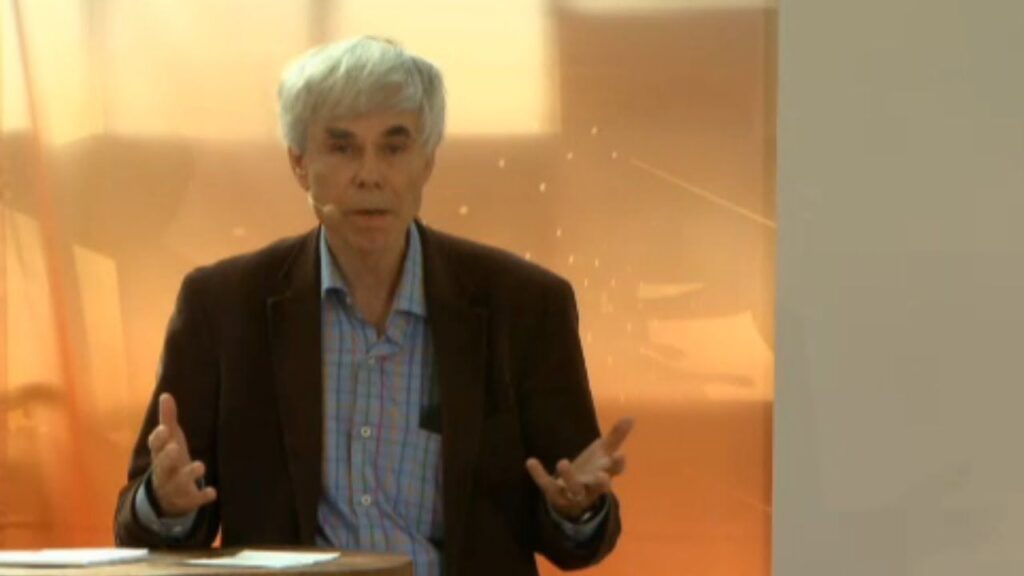Abstract
We present an argument that the “there’s no such thing as” line of rhetoric used all too often towards explaining a proposition, is not a well defined argument in that i the truth value of the statement “there’s no such thing as X” in some context is immediately false for all X.

Let us denote as “there is such at thing as”.
We could for example say that
(1)
Meaning that the integer between three and four is not a thing.
However the standard
(2)
seems to be more precise and the truth of (1) is by no means clear. The integer between three and four is a thing insomuch as we can look for this thing and discover that it isn’t there in the that we know and love.
The “thingness” implication of is not an evaluation of the statement
, but merely of the logical definition of the statement itself as a reasonable criteria. If the existence of a predicate is to be evaluated, it implies that the evaluation can take place – and thus that the predicate is a thing which can be evaluated. If we can write a symbol
and convey meaning, then as such
is a true statement.
Anyway you can probably see where this is going.
If as we were just saying:
(3)
then
(4)
which appears to contradict (3)!
One possible interpretation of this contrived and circular elocution is that there are in indeed an infinity of objects which we can insert into the “is not a thing” operator and return true, only that none of them could ever be named or actually exist as arguments for the “is not a thing” operator.
I hope that clears things up.
